|
This image of a pair of Sandwich Terns was created at Fort Desoto on the recently concluded Fort Desoto/Hooptie Deux Short Notice IPT II with the tripod mounted Canon 500mm f/4L EF IS II lens, the Canon 1.4x EF tele-extender III, and the Canon EOS 5D Mark III. ISO 1600: 1/1000 sec. at f/5.6. This image courtesy of and copyright 2013: Ken Canning. |
Ten Really Good Images; None Of Them Mine…
The First Five: Ken Canning
Ken was the only one who joined the Fort Desoto/Hooptie Deux Short Notice IPT for all five days. We rode together, yakked a lot, and had an overall great time. Ken had been on several previous IPTs. After the IPT, he wrote, Thank you, Artie, for a great IPT. I learned a lot and made some super images. Though I have been doing wildlife photography for a while now I still come out of your IPTs a better photographer than when I went in. Best, Ken
After each IPT I send a thank you e-mail and invite folks to send me five of their favorite images for critiquing. In a future blog post I will share my critiques. In the meantime, you get to enjoy some fine photography. The first five images here are Ken’s. He is obviously a very good photographer.
|
This image of a White Ibis was created at the Dit Dot Dash rookery on the Braden River aboard the Hooptie Deux with the hand held Canon EF 400mm f/5.6L lens and the Canon EOS 5D Mark III. ISO 1600: 1/1250 sec. at f/5.6. This image courtesy of and copyright 2013: Ken Canning. |
My Old Toy Lens: The Canon 400mm f/5.6L
It was well more than a decade ago that I put the Canon EF 400mm f/5.6L lens on the map as the bird photography flight lens. Though I no longer own one, it is still a great flight lens especially for those with a steady hand who do not need IS. And it makes a great starter lens for beginning bird photographers. For folks who know that thy will be hand holding I would recommend the 300 f/4L IS along with the 1.4X TC. I had thought that both were still in production but a search does not turn up the 300mm f/4L IS so good luck finding a used on if that one is right for you. IAC, it was good to see Ken using the old toy lens.
|
This image of two Royal Terns was created at Fort Desoto on the recently concluded Fort Desoto/Hooptie Deux Short Notice IPT II with the tripod mounted Canon 500mm f/4L EF IS II lens, the Canon 1.4x EF tele-extender III, and the Canon EOS 5D Mark III. ISO 1600: 1/1250 sec. at f/8. This image courtesy of and copyright 2013: Ken Canning. |
Juxtaposition Images
As we have been teaching here and elsewhere for years, juxtaposition images can be quite successful. Early on I refused to have a second subject in my backgrounds but I realized that if the are carefully placed, the results can be magic.
|
This image of a Wood Stork in flight was created at the Dit Dot Dash rookery on the Braden River aboard the Hooptie Deux with the hand held Canon EF 400mm f/5.6L lens and the EOS-1D Mark IV (now replaced by the Canon EOS-1D X). ISO 400: 1/2000 sec. at f/9. This image courtesy of and copyright 2013: Ken Canning. |
IPT Exposure Education
With great flight photography I am constantly yakking exposure into everyone’s ears. Most get it eventually :). At Dit Dot Dash we were constantly reviewing the manual exposure settings for the Great Egrets, for the Wood Storks, for the Great Blue Herons, and for the Double-crested Cormorants. Each required a different exposure.
|
This image of a Roseate Spoonbill getting ready to land in the mangroves was created at Alafia Banks on a Hooptie Deux trip with the hand held Canon EF 400mm f/5.6L lens and the EOS-1D Mark IV (now replaced by the Canon EOS-1D X). ISO 800: 1/1000 sec. at f/6.3. This image courtesy of and copyright 2013: Ken Canning. |
Want Spoonbills?
Alafia Banks is the place to photograph Roseate Spoonbills. And the best way to get there is by arranging a trip on the Hooptie Deux with James Shadle. If you would like to get out with James to enjoy some of the great actiongoing on right now, call or e-mail him to inquire about dates and rates. You can get in touch with James for additional info or to schedule a Custom Workshop or Tour via e-mail, by cell phone at (813) 363-2854 or on his home phone (early evenings best) at (813-689-5307). If by cell phone it is best to call back rather than to leave a message. If you plan on joining James make sure to read “Hooptie Deux Practicalities” by scrolling down here. If you have trouble getting in touch with James please shoot me an e-mail as I should have reliable e-mail in Holland.
Image Critquing
Feel free to critique one or all of the images above. Let us know which is your favorite, and why. Remember, crtique does not neceessarily mean criticize. It is not required that all good critiques contain negatives or suggestions; sometimes the best critique says simply, “That is a great image and I like it because….” If you are really into it, you can rank the images from 1-5 with 1 being your favorite.
Thanks!
Thanks to Ken Canning for allowing me to share his work with you here.
Jam Session I: Photoshop Video Tutorial
Jam Session I: Photoshop Video Tutorial: $9
On the first Fort Desoto/Hooptie Deux Short Notice IPT we drove from St. Pete to my home in Indian Lake Estates for a chance to photograph Sandhill Crane chicks of various sizes. We succeeded admirably. See “What No Itinerary” here for the whole story.
After our morning photo session the group gathered in my office for a Photoshop session. I worked on one image from the previous morning and on one from that morning, the latter the image above. The session was recorded with Camtasia. We are offering you a chance to join the group and look right over my shoulder as I processed the images above and below. Techniques covered include the following: the RAW conversions in DPP, using Detail Extractor from NIK’s Color Efex Pro to bring up the detail in the ibis’s white feathers, creating and using Layer masks, and using the Quick Selection Tool, the Spot Healing Brush, the Patch Tool, and Content Aware Fill for image clean-up. Selective sharpening with a Contrast Mask, Background clean-up with a soft Clone Stamp Tool, cloning on a Layer, using Quick Masks, using Select/Color Range to make selections (including the little used Range slider), and lots more.
To order yours through the BAA store, click here. Or call Jim or Jen weekdays between 9am and 5pm (3pm on Fridays) at 863-692-0906 with your credit card in hand. Please leave a message in the rare event that we miss your call and we will get back to you. Easiest is to send us a Paypal for $9.00 to birdsasart@verizon.net with the words “Jam Session I” cut and pasted into the subject line. Sorry, no checks are accepted for the MP4 videos.
Learn more about our MP4 Photoshop Tutorial Videos here. See the whole collection here.
|
Images courtesy of and copyright 2012: Bill Mueller. Card design by Denise Ippolito. |
Old Car City Creative Photography In-the-Field HDR Workshop: Sunday, October 13, 2013/ 9am till 1pm.
White, Georgia: $250 plus a $15 entrance fee donation (cash only on the day of the event) that will go to charity. Limit: 16 photographers.
On October 13, 2013, Arthur Morris/BIRDS AS ART and Denise Ippolito/A Creative Adventure will be conducting an In-the-Field HDR Workshop at Old Car City in White, Georgia. Old Car City is about an hour north of Atlanta, GA and an hour south of Chattanooga, TN where they will, as noted above, be doing a full day seminar for the Photographic Society of Chattanooga on Saturday, October 12th. Click here for complete details.
Tigers
Good luck to Todd Gustafson who is leading a tiger photo trek in India right now. And good luck to Tiger Woods in the Masters.
Typos
On all blog posts, feel free to e-mail or leave a comment regarding any typos, wrong words, misspellings, omissions, or grammatical errors. Just be right. 🙂
Support the BAA Blog. Support the BAA Bulletins: Shop B&H here!
We want and need to keep providing you with the latest free information, photography and Photoshop lessons, and all manner of related information. Show your appreciation by making your purchases immediately after clicking on any of our B&H or Amazon Affiliate links in this blog post. Remember, B&H ain’t just photography!




And from the BAA On-line Store:
LensCoats. I have a LensCoat on each of my big lenses to protect them from nicks and thus increase their re-sales value. All my big lens LensCoat stuff is in Hardwood Snow pattern.
LegCoat Tripod Leg Covers. I have four tripods active and each has a Hardwood Snow LegCoat on it to help prevent further damage to my tender shoulders 🙂 And you will love them in mega-cold weather....
Gitzo GT3532 LS CF Tripod. This one replaces the GT3530LS Tripod and will last you a lifetime. Learn more about this great tripod here.
Mongoose M3.6 Tripod Head. Right now this is the best tripod head around for use with lenses that weigh less than 9 pounds. For heavier lenses, check out the Wimberley V2 head.
Double Bubble Level. You will find one in my camera's hot shoe whenever I am not using flash.
The Lens Align Mark II. I use the Lens Align Mark II pretty much religiously to micro-adjust all of my gear an average of once a month and always before a major trip. Enjoy our free comprehensive tutorial here.
BreezeBrowser. I do not see how any digital photographer can exist without this program.
Delkin Flash Cards. I use and depend on Delkin compact Flash Cards and card readers most every day. Learn more about their great 700X and 1000X cards here or about my favorite Delkin card here.

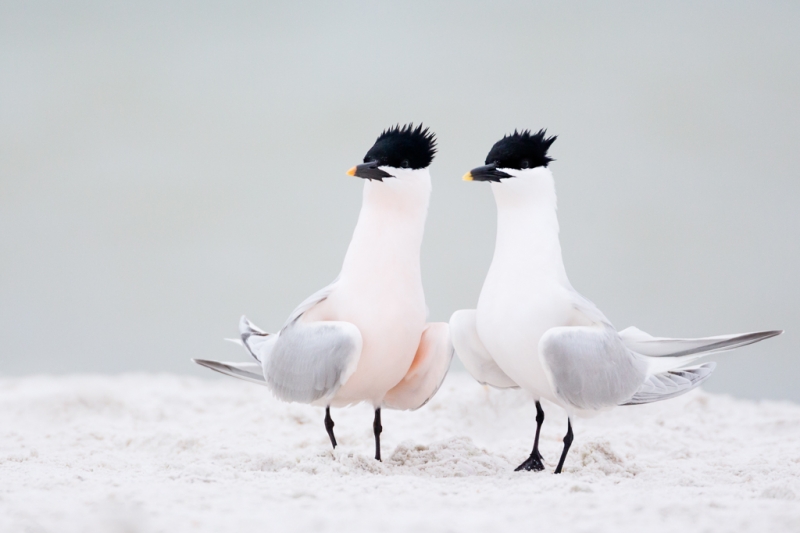
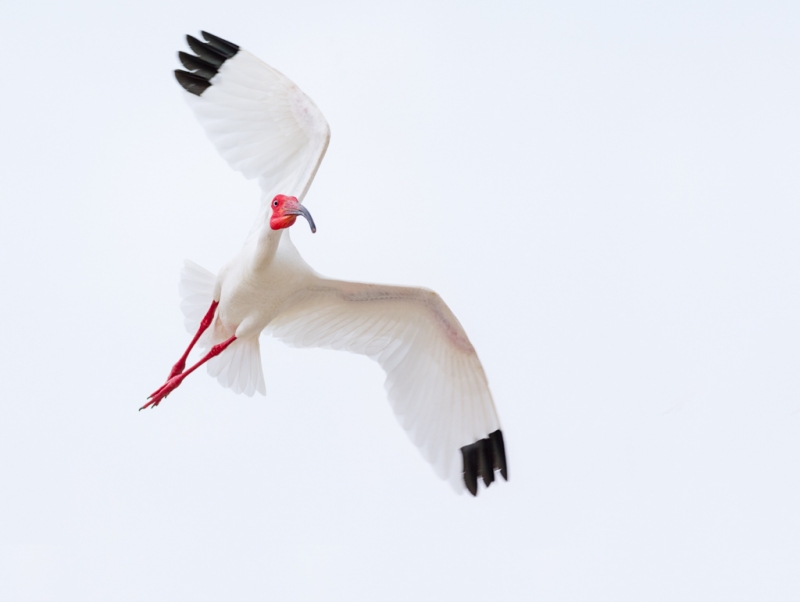
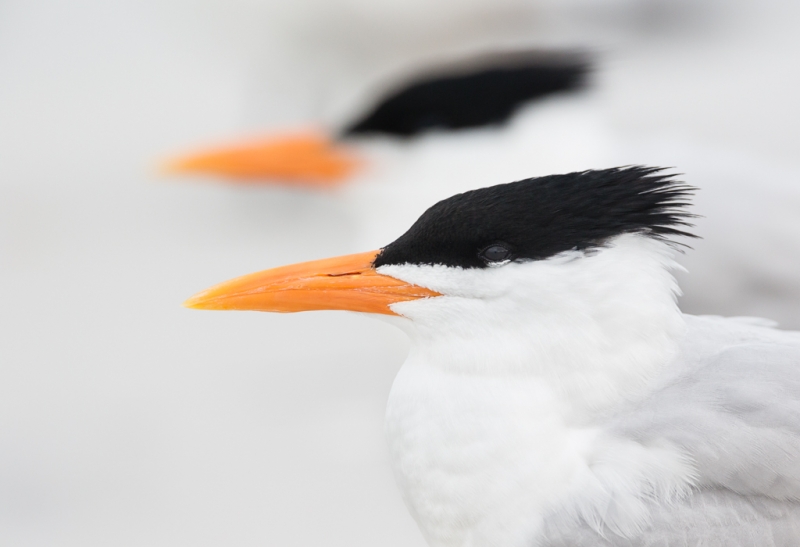
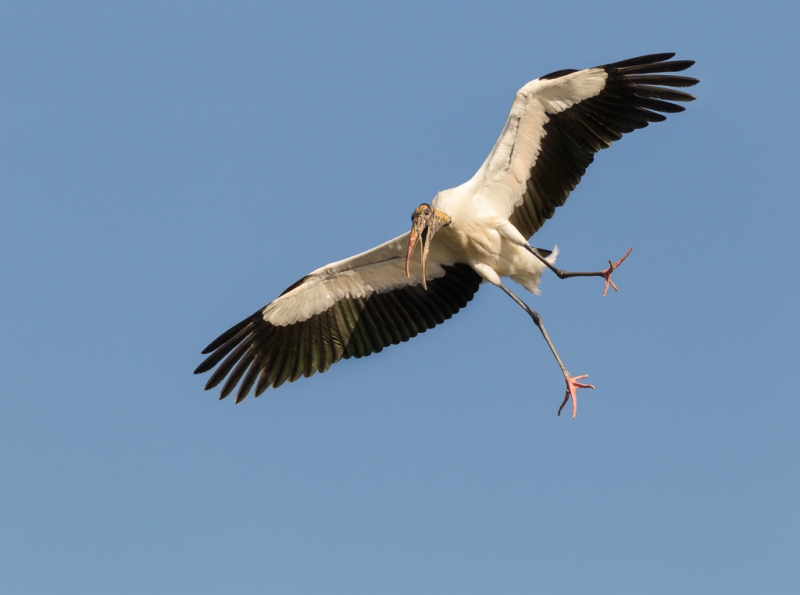
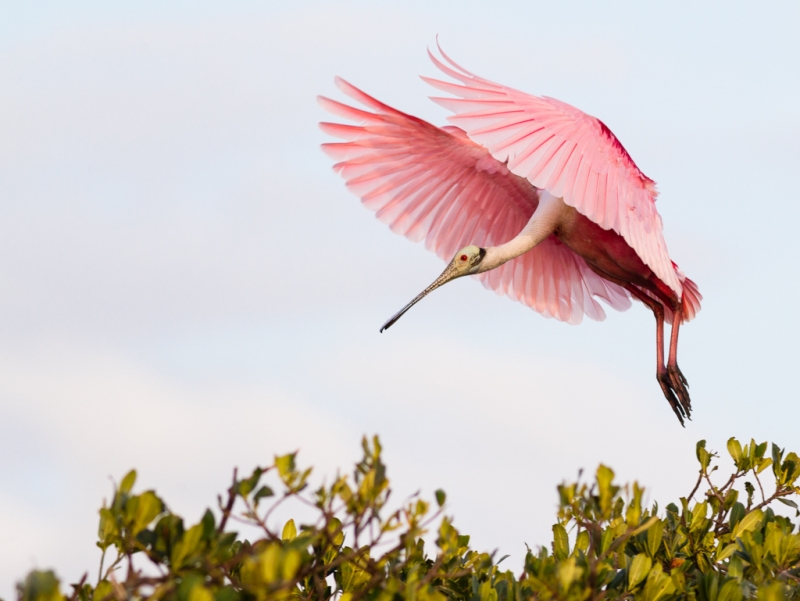

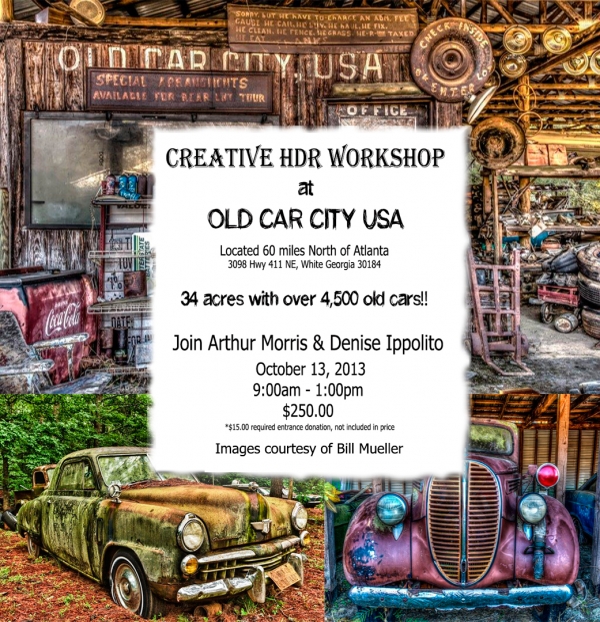













Those are fabulous shots that Ken made. I especially love the shots of the terns. The composition of the royal terns is great. The photo of the sandwich terns reminds me of muppets, and brought a smile to my face.
Thanks all for the kind comments. And thanks Artie and James for a great IPT! My personal favorite is the sandwich terns. Getting two displaying birds segregated from the main flock and in any kind of a pose was a lesson in patience. The pink plumage was icing on the cake!
The winner is – the Sandwich Terns. It is very rare to see, much less capture such a beautiful image of a pair in high breeding colors. Look at the rose color on the male’s chest! Ken was the quiet guy on this trip. So it became obvious that Ken feels the way I do “it’s wrong to brag, but showin’ off is just fine”
I am a new subscriber and enjoy you posts a lot.
I was interested in what you had to say about the Canon 300mm f4 lens. I bought a used one from Amazon a few months and a used 1.4 extender from a local photo store. Since I am on a limited budget they were the best I could do at the time and I love the combination. I hope soon to put them on a 7D.
Thanks for all the good tips and great pictures.
Bob
Welcome. And thanks for your kind words. Good on you for finding a used one. I learned today that they are actually still in production (as I originally thought).
I love the Sandwich Terns. First, it’s the subtle salmon pink on the one bird; then it’s the 2 birds together, at attention, looking the same direction; and thirdly, the contrast between the white, black, and gray.
Royal Terns are my favourite, although I’d be more than ecstatic to have taken either one. That second bird is positioned perfectly and really makes the photo.
Man, these are tough. Usually there’s one that stands out above all the rest, but all five are worthy. My favorite is the Juxtaposition image for all the stars
basically lining up to make this. Doug